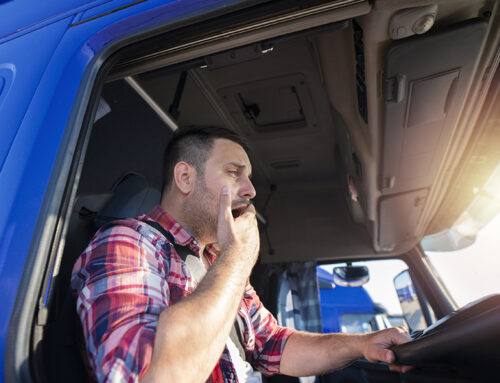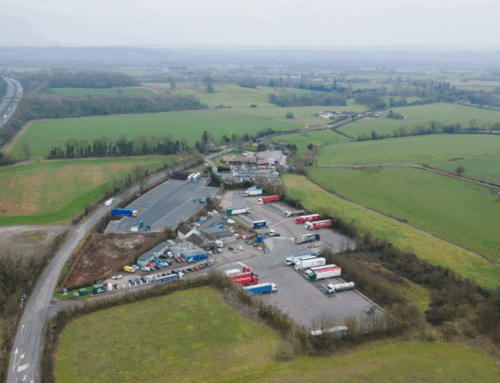Having launched the findings from our leadership survey this morning I’ve been at the BBC studios in London doing a number of live radio interviews with BBC local radio stations across the country who’ve picked up on some of the headline findings.
The report, which you can download here, was commissioned by Driving for Better Business to raise awareness of the risks in asking employees to drive for work – something we call occupational road risk. We wanted to investigate some of the attitudes and beliefs of not only those who drive on business but also those who employ them.
The key finding that the media picked up on this morning was that half (49%) of leaders said they expect their employees to answer the phone at any time, even whilst driving. Whilst this might sound like a lack of sufficient regard for the driver’s safety, other findings in the report demonstrate this could be a greater problem for those who drive their own cars rather than company vehicles.
The first is that a very healthy 85% of leaders had reviewed their company’s driving for work policy, on average, within the last 8 months. The vast majority of driving for work policies I see include guidance on when and where to take the call, often stating that the driver shouldn’t answer the call if they feel it is unsafe to do so and, if the call is urgent, they should find a safe place to stop before returning the call.
That’s fine as far as it goes but often policies and handbooks are only distributed to drivers of company vehicles. One of the key findings that I see from the report is a failure to understand and communicate with the huge number of employees that use their own car for work – the grey fleet.
68% of leaders claimed to give copies of their driving for work policy to grey fleet drivers but only 45% of drivers claimed to have seen it. With 90% of the drivers we surveyed using their own car for work, and 75% using it for work at least once a week, that represents a huge number of drivers who have no idea about the company’s guidance on using a mobile phone while driving.
This then leads to a much wider problem of understanding responsibilities for grey fleet.
- 60% of leaders didn’t know the size of their grey fleet
- 53% thought it wasn’t their responsibility (it very much is!)
- 34% of grey fleet drivers had never had their driving licence checked
- 33% didn’t have cover for business journeys on their car insurance
- 74% of drivers don’t do proper vehicle and tyre checks
Grey fleet is really something that employers need to get a hold of and understand properly. Not only are the risks broader than many realise, but the costs to the business can be significant with huge amounts being paid out in mileage claims (and overclaims!) as well as a loss of productivity when drivers who could use public transport or the phone instead opt to spend hours stuck in their car.
Business leaders and employees need to recognise that there is a dual responsibility here. Leaders expect drivers to behave responsibly but the standards expected need to be communicated effectively to all their staff who drive – not just those with company vehicles. The survey shows that all too often this isn’t the case.
Start your Driving for Better Business journey by registering here for free to join our 7 Steps to Excellence programme.
By signing up to the Driving for Better Business campaign you’ll have access to our full range of free resources and a weekly email alert for new resources, guides, articles and events.






